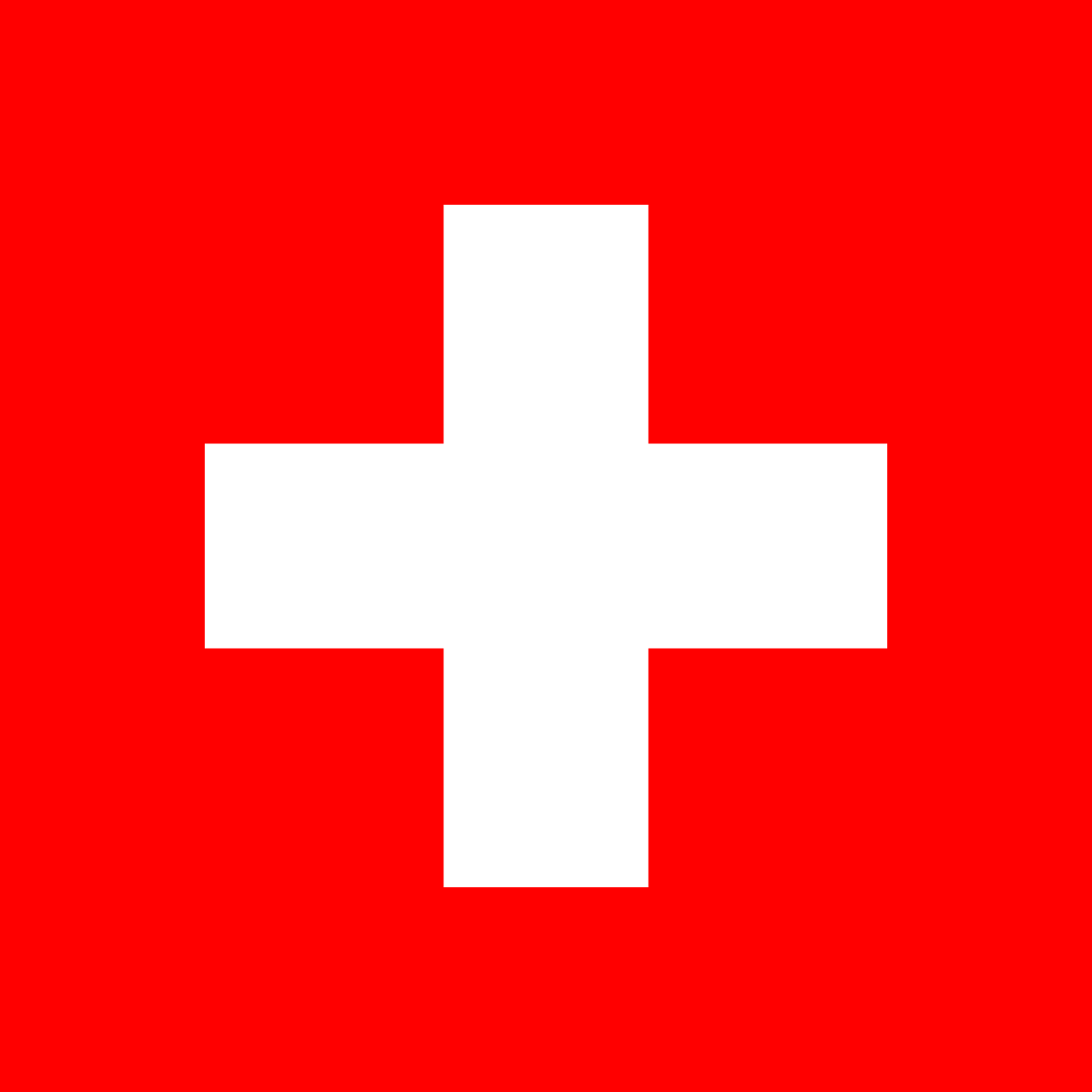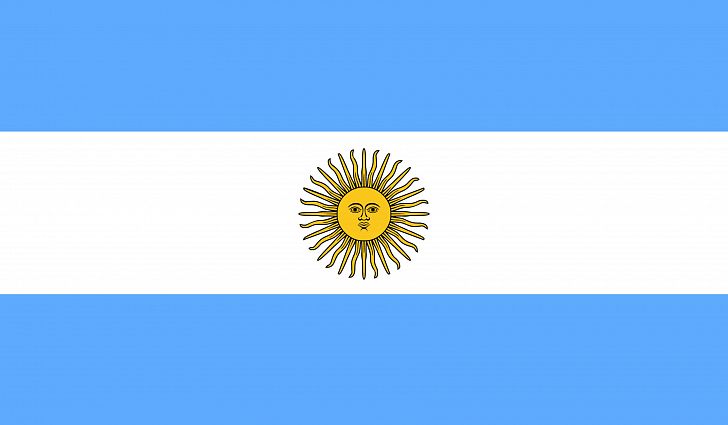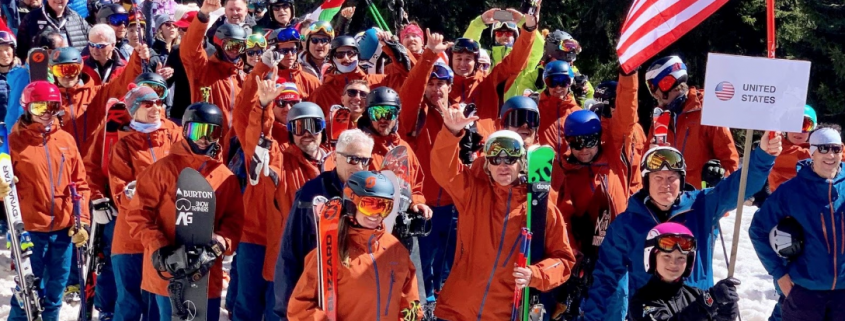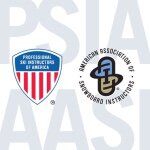Snowsports lessons from around the world: Interski 2019
An Excerpt of this article can be found in the 2019 Fall edge Newsletter in print and digital
By: Mamood Sabahi, PSIA-W Ed Staff / Alpine Examiner
Every four years Interski holds the world’s largest congress for the exchange of Snowsports methodologies and techniques between the member nations. For over 60 years Interski has made important contributions to developing and improving snowsports participation worldwide.
I was lucky enough to be awarded the Sodergren Scholarship from PSIA-W Ed foundation and attend the 2019 Interski as a delegate. The event was held from March 17-22, 2019 in Pamporovo, Bulgaria. In the past, I had attended several PSIA national events such as National Academies and this was my first International event which proved to be an exceptional experience.
After a couple days of sightseeing in Bulgaria’s capital Sofia, we took the shuttle down South to Pamporovo Ski Resort. The opening ceremony kicked off the event with formation skiing (Synch skiing, weaves, etc.) by Demo team members of each country participating in Interski. There were plenty of impressive tasks being shown through different formations by Alpine, Snowboard, Nordic and Adaptive disciplines.
The daily schedule consisted of on-snow workshops by various countries each morning and afternoon, as well as indoor lectures in the evenings. In addition, several countries hosted evening reception/parties which presented a great opportunity to mingle and get to know other participants. The on-snow workshops and indoor lectures provided a great opportunity to ski with and listen to some of the best instructors/trainers in the world. Although, a comprehensive report is beyond the scope and size limitations of this article, I am providing only a brief summary of a few of the workshops that I attended.
 Austria– Explored Dynamic and basic short and long radius turns. Their focus and emphasis was to communicate the differences in teaching Dynamic/carved turns vs. Turns with a little more skidding/pivoting. They indicated that they teach “Pure carved” & dynamic turns to very upper level, advanced or elite level skiers and racers which consisted of about 10% of the clientele while they worked with majority of the public through more skidding, pivoting and refining their parallel turns and getting them ready for steeper or off-piste terrain through development of those skills. The majority of students will not have refined skills or enough time on the snow to be able to work on high level dynamic turns.
Austria– Explored Dynamic and basic short and long radius turns. Their focus and emphasis was to communicate the differences in teaching Dynamic/carved turns vs. Turns with a little more skidding/pivoting. They indicated that they teach “Pure carved” & dynamic turns to very upper level, advanced or elite level skiers and racers which consisted of about 10% of the clientele while they worked with majority of the public through more skidding, pivoting and refining their parallel turns and getting them ready for steeper or off-piste terrain through development of those skills. The majority of students will not have refined skills or enough time on the snow to be able to work on high level dynamic turns.

Canada– They presented their teaching model which the instructor uses and works through to execute a successful lesson. This was moderately similar to our teaching cycle in PSIA but some of the components are phrased a little differently. Here is a brief description of their methodology with verbiage of our teaching cycle next to each component for comparison purposes:
1) Learning contract- introduce lesson & develop trust 2) Situation ( Snow condition, kid vs. adult, weather, etc.) assess the student and their movements and identify needs 3) Skiing Objective- Determine goals and plan experiences 4) Motor Skill development—-Present and share information & guide practice 5) Reflection—- Check for understanding and debrief learning experience and accomplishments.

Switzerland- Their topic focused on advance ski clinics for adults and how they can market this area better and influence more upper level skiers to sign up for advance lessons. In summary, they emphasized keeping lessons more exciting and infusing energy, fun and challenge in to the lesson to keep students coming back as well as them getting the word out to other people to sign up for advance lessons. This is also an issue in the U.S.
 Korea– They focused on short radius turns through a very low stance much like Extension/retraction turns with the hips staying relatively low and not rising at all and only the legs extending and retracting. They did a few drills to help the group accomplish the task. In one of the drills, both poles were put across the upper legs and squeezed between legs and lower stomach to keep poles in place and upper body slightly bent over. This forced the skier to keep a low stance in order to keep the poles from falling off. It is interesting to note that the Koreans indicated that the reason for promoting and refining short radius turns is because of over- crowded and narrow runs in Korea making Medium and long radius turn impractical!
Korea– They focused on short radius turns through a very low stance much like Extension/retraction turns with the hips staying relatively low and not rising at all and only the legs extending and retracting. They did a few drills to help the group accomplish the task. In one of the drills, both poles were put across the upper legs and squeezed between legs and lower stomach to keep poles in place and upper body slightly bent over. This forced the skier to keep a low stance in order to keep the poles from falling off. It is interesting to note that the Koreans indicated that the reason for promoting and refining short radius turns is because of over- crowded and narrow runs in Korea making Medium and long radius turn impractical!

United States– Focused on “Learning Connection” and what makes a great Snowsports instructor. They introduced this at the Interski in Ushuaia in 2015 and refined it for 2019. Industry’s growth depends on Instructors balancing technical knowledge and performance skills with interpersonal skills and solid teaching tactics to connect with a wide variety of skiers and snowboarders. In a nutshell, having the ability to build trust and develop relationships, two way communication that is meaningful, managing emotions and actions and influencing behaviors as well as having the proper technical and teaching knowledge will create a learning connection that will enhance the students experience and will promote a positive and effective learning environment.

Argentina/Indoor lecture– One of the indoor sessions that definitely stood out for me was presented by a Neurosciences professor from Argentina. The topic was about vision and visual perception. Visual Perception is the brains ability to interpret information about the environment while in motion. We are visually wired and almost 50% of our brain is involved in visual processing. 70% of all our sensory receptors are in the eyes and it only takes 1/10th of a second to process and understand a visual scene! Around 80% of the information is detected by vision, therefore, the instructor must give specific instructions to the student on what, where, when and how to look when a movement is being introduced or refined. Also based on these facts, it is realized how important visual perception is for people regardless of the type of learner that they may be.
While the skiing from all nations was at a high level, there remain some fundamental differences in their understanding and execution of the technical elements of skiing, as well as in the approaches and understanding of how people learn. This is what makes attending an Interski so very valuable as you get to listen to variety of approaches from people who all ski at a high level.
In closing, I would like to thank The PSIA-W Ed Foundation for granting me the scholarship. All in all it was a tremendous learning experience and I would highly recommend it to everyone.
Interski 2023 will be held in Levi, Finland. Hope to see you there….
Cheers!





